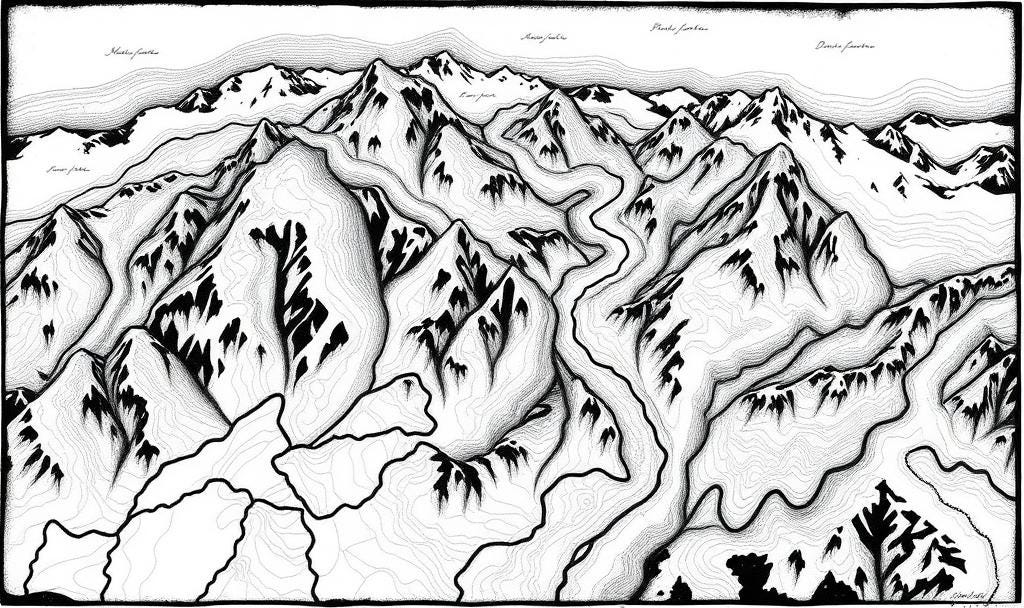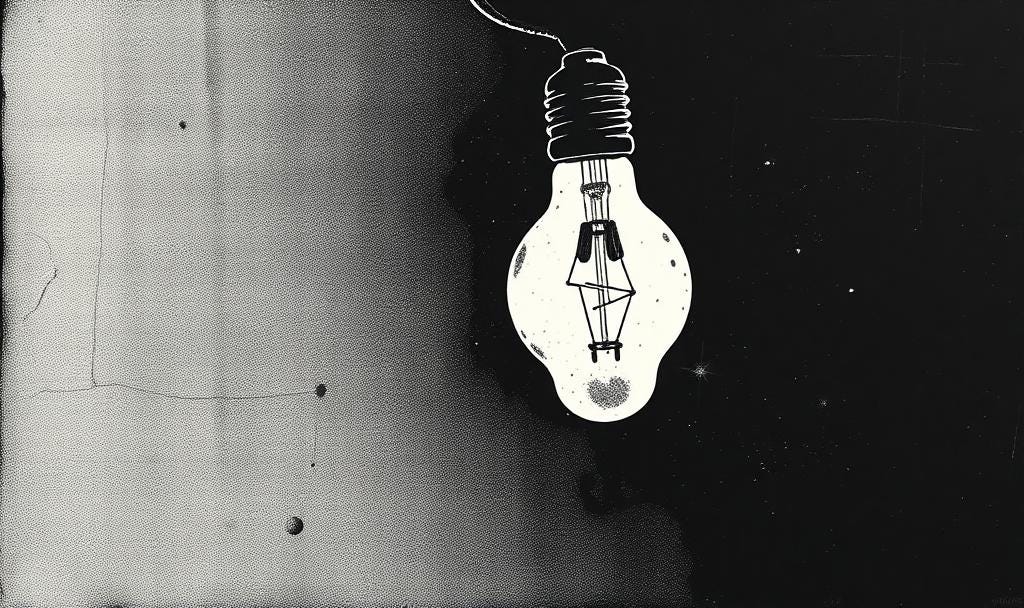North is for Navigate
An Expedition into Inquiry
North is the launchpad for discovery. Here we navigate unchartered territories, asking questions, seeking answers, and defining the unknown.
At the heart of every great inquiry-based classroom lies the essential skill of navigating—the first cardinal point in our journey toward deep, student-driven learning. This stage isn’t just about beginning; it’s about setting a course, charting the unknown, and establishing a culture where curiosity and wonder thrive.
Navigating is more than an introduction—it’s a deliberate practice in maneuvering through ideas, making sense of diverse materials, and fostering an environment where students feel empowered to explore. Establishing effective routines from the outset ensures that inquiry is not just a method but a mindset, woven into the fabric of the learning experience.
In this article, we’ll explore key strategies and tools to support students as they embark on their learning journeys. From sparking initial curiosity to guiding question generation, this stage is about laying the foundation for meaningful exploration. I’ll share practical resources—question generation templates, curiosity journals, and structured activities—that help students develop habits of inquiry, making their learning visible and dynamic.
By refining how we navigate these early stages, we set the tone for inquiry that is both purposeful and student-driven. Consider this your starting point in the Inquiry Compass, a framework that will unfold over a series of explorations into the core elements of inquiry-based learning.
Charting the Course: Navigating Inquiry-Based Learning
In the vibrant landscape of inquiry-based education, the Navigating stage serves as a crucial starting point—the moment when curiosity takes the lead and students embark on their journey of discovery. This phase isn’t just about beginning; it’s about setting an intentional course, fostering a sense of wonder, and equipping learners with the tools they need to explore meaningfully.
At the core of Navigating is the ability to spark curiosity. This is the moment when doors open, pathways emerge, and questions begin to form. It’s where learners’ inquiries take shape—guided by their interests, teacher-led provocations, and early explorations of a topic. The formulation of these initial questions is a defining step, shaping the entire inquiry process and influencing research, critical thinking, and deeper understanding.
But Navigating isn’t just about setting out—it’s about setting out with intention. A successful inquiry doesn’t happen by chance; it requires a thoughtful structure that allows for flexibility, exploration, and discovery. As educators, our role is to create an environment where curiosity thrives and inquiry is nurtured from the outset.
Provocations: Igniting Inquiry Through Engagement
One of the most powerful tools for fostering curiosity is the use of provocations—thought-provoking experiences that stimulate discussion, inspire questions, and challenge students to think deeply. Among the many forms of provocations, media blasts stand out as an especially engaging way to immerse students in an idea and spark meaningful inquiry.
I was first introduced to the concept of a media blast in 2012, when a colleague suggested using short, engaging media snippets to provide English language learners with a common ground for discussion. This simple but powerful strategy has since become a staple in my teaching practice, now widely recognized as an effective method for launching inquiry in a dynamic and interactive way.
Provocations aren’t just about engaging students—they create entry points into inquiry. By exposing students to compelling images, film clips, artifacts, or scenarios, we invite them to observe, analyze, and question in ways that deepen their understanding. These experiences lay the groundwork for more profound exploration and encourage students to see, think, and wonder about the world around them.
Using “See, Think, Wonder” to Deepen Inquiry
A structured approach to engaging with provocations can significantly enhance students’ learning experiences. One effective method is from the Harvard Thinking Routines, See, Think, Wonder, a simple yet powerful tool that helps students break down their observations and develop critical inquiry skills.
See: Students begin by observing a selected media clip, image, or artifact, noting key details and describing what they notice.
Think: They reflect on the significance of what they see, discussing possible meanings, interpretations, and connections.
Wonder: Finally, they articulate their questions, speculating on deeper themes and broader implications.
By incorporating See, Think, Wonder into classroom discussions, we provide students with a structured yet open-ended way to engage with inquiry. A downloadable worksheet can help guide students through this process, ensuring they take full advantage of their observations.
Download the worksheet here.
Real-World Applications of Provocations
I’ve used media blasts and other provocations across a range of topics, from natural disasters to historical periods, each time witnessing the transformative power of these experiences.
Example 1: Exploring Natural Disasters
During a unit on humanitarian responses to natural disasters, I introduced my students to the opening scene of the 90s film Twister. As the tornado roared across the screen, my students sat captivated—absorbing the chaos, the destruction, and the human reaction to disaster.
We then applied See, Think, Wonder, leading students to reflect on the real-world implications of extreme weather events and the role of emergency responders. The experience sparked a flood of questions, shaping their inquiries into how different communities prepare for and recover from disasters.
Example 2: Stepping Into the 80s
In another instance, I designed a time-travelling provocation for my advanced English students exploring cultural shifts in the 1980s. The classroom transformed into a time capsule—filled with cassette tapes, classic video games, 80s movie posters, and vintage books.
Students stepped into the era and explored its cultural artifacts, using structured worksheets to make connections between the decade’s media, social movements, and literature. The experience didn’t just inform—it immersed them, making history tangible and inquiry more meaningful.
Choosing Effective Provocations
Selecting the right provocation can make or break the early stages of an inquiry. When designing these experiences, I ask myself the following guiding questions:
✅ What artefact, image, or media will spark curiosity?
✅ How does it connect to the concept we’re exploring?
✅ What unexpected elements might surprise or challenge students?
✅ How can I guide them toward deeper analysis and discussion?
✅ How can I connect this to real-world contexts to make learning more meaningful?
If you’re looking for a structured approach to choosing provocations, I’ve put together a provocation selection worksheet to help refine the process.
Download the worksheet here.
Final Thoughts: The Power of Inquiry Begins with Curiosity
Whether through media blasts, artefacts, or immersive classroom transformations, Navigating is about setting the right conditions for deep and meaningful inquiry. It’s the moment when curiosity takes hold and students begin forging their own paths of exploration.
This is just the beginning of our the Expedition into Inquiry series—where we explore each stage of the inquiry journey in depth. In the next installment, we’ll dive into the next cardinal point, Engage, where students learn how to refine their inquiry questions and shape their research.
Stay tuned, and let’s keep the expedition into inquiry moving forward.
What’s Next?
What are your favourite provocations to spark curiosity in the classroom?
Let’s continue the conversation—share your experiences and insights in the comments below!







